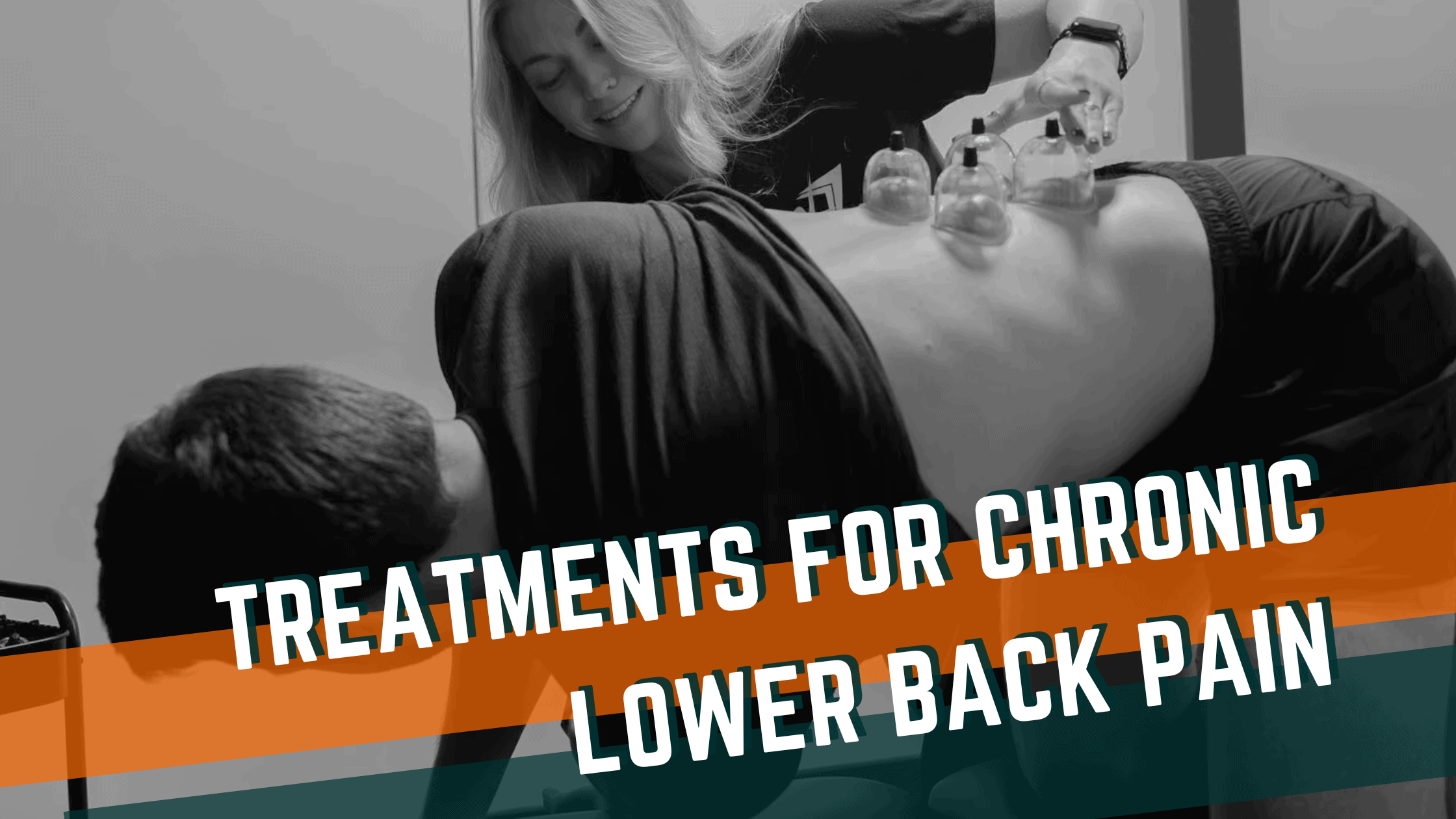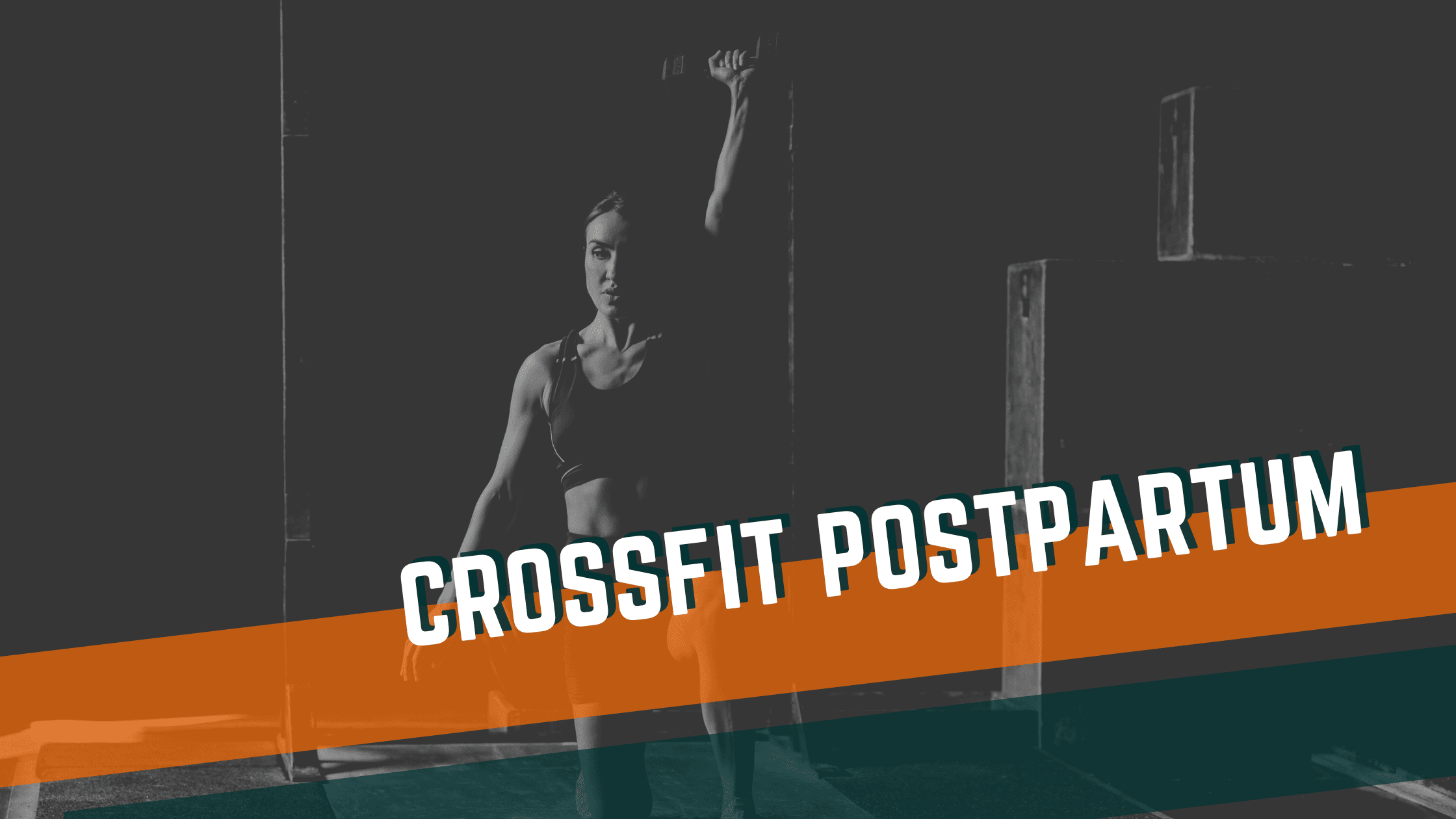
Congrats on your new baby! For many women, returning to the normalcy of regular exercise is a big priority. But many know friends or they themselves have had a difficult experience returning to fitness programs like CrossFit after their pregnancy. Leaking, pain, abdominal weakness, and bulging (aka diastasis recti) can be common in postpartum women. So how do you get back to your box while not creating long-term complications that hinder you for years to come?
First, hopefully we started with proper fitness training during your pregnancy. Secondly, we’ll want to follow a few key points in our return as well as watch for red flags that signal you’re pushing your healing body harder than it is prepared for.
Managing Pressure During CrossFit Postpartum
During your pregnancy, your growing baby placed a lot of strain on the muscles of your pelvic floor as well as stretching your abdominals out significantly. This stress can cause some weakness in these areas that we need to work through. Our biggest way to work with this is by managing the amount of pressure you create in your abdomen. To do this, we often recommend a “blow as you go” method of lifting. Simply put, this technique involves inhaling during the lowering phase of a strength movement and exhaling as you rise up.
By avoiding the holding of your breath during lifting, you’ll decrease the amount of pressure you create as you lift. This results in minimizing the likelihood of experiencing the signs that you’re overtraining your healing body that we’ll discuss next. As your body recovers, you’ll be able to build back towards normal bracing strategies during heavier lifts, but the “blow as you go” method will help during the early postpartum periods.
Are There Signs I am Doing Too Much / Too Intense of CrossFit After Pregnancy?
There are a few things to watch out for that would indicate your body is not ready for the exercise and or intensity of exercise you are doing:
- Pain
- Heaviness / bulging
- Leaking
- Coning / doming
- See the picture below, where you’ll see some protrusion in the abdominal wall, also known as diastasis recti. Diastasis recti is normal during pregnancy, but we don’t need to further stretch the abdominal wall out by exercising too aggressively, as this will slow postpartum recovery.
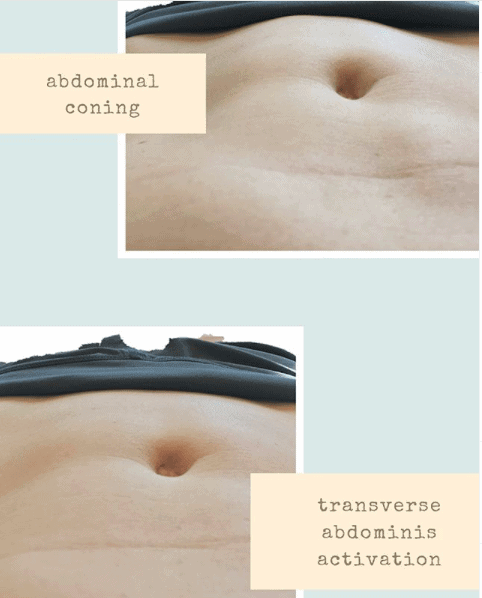
It’s important to note that these signs do not mean you can’t exercise. Instead, this is you finding your current threshold of abdominal and pelvic floor strength. We’ll slightly back down the volume or intensity of exercise and continue moving.
Think of this as failing a squat at 100 pounds. Just because you missed a rep doesn’t mean you should stop lifting altogether. We drop weight back to say 90 pounds and train there for a few weeks. Then we bump the weight back up!
How Your Delivery Method Impacts CrossFit Postpartum
While decisions on readiness for activity are made on an individual basis, it is important to consider the norms we see in postpartum CrossFit athletes. For women giving birth vaginally, activities such as weightlifting and running postpartum will often take more time to return to. For those having a cesarean delivery, core strengthening and gymnastics movements place more strain on your healing abdominal muscles. This means your progression in these movements will be delayed a bit. Always defer to your doctor or other trained medical provider for assistance determining the intensity of exercise you are ready for.
Recent Articles
Recover Like a Pro: The Role of Manual Therapy, Dry Needling, and Mobility Work in Faster Recovery
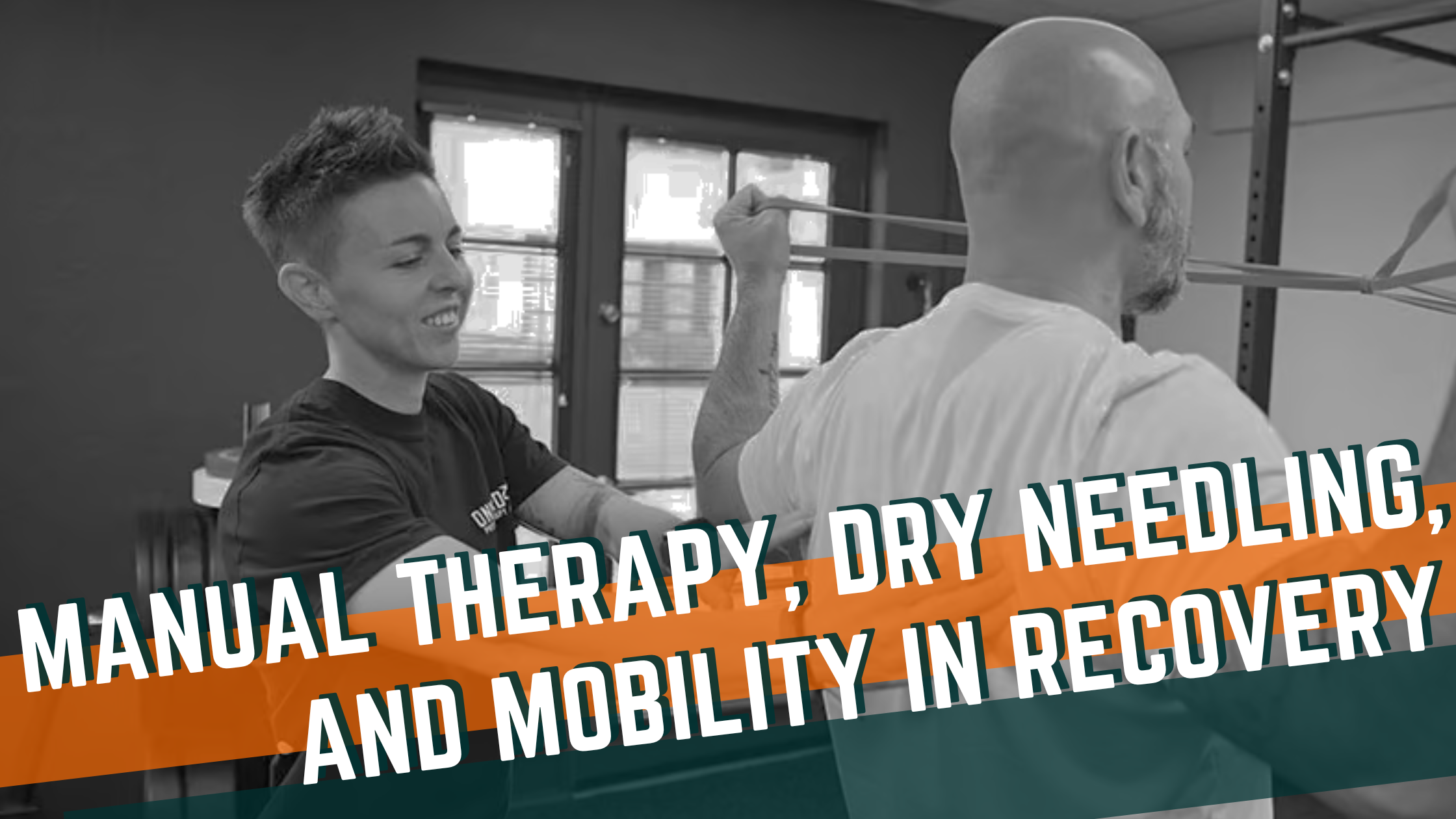
How does physical therapy help injury recovery and performance?
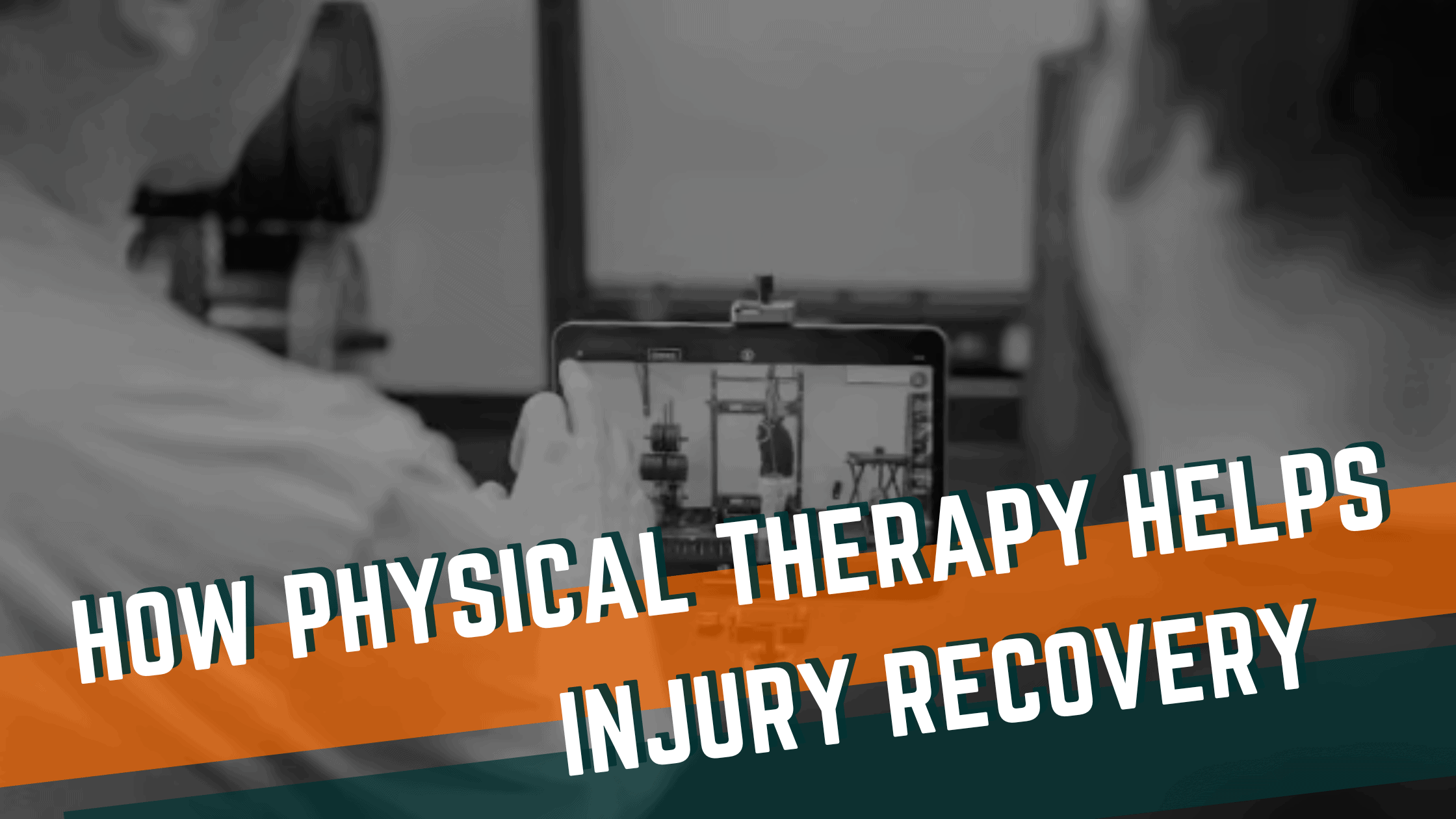
Comparing Manual Therapy to Other Treatment Modalities
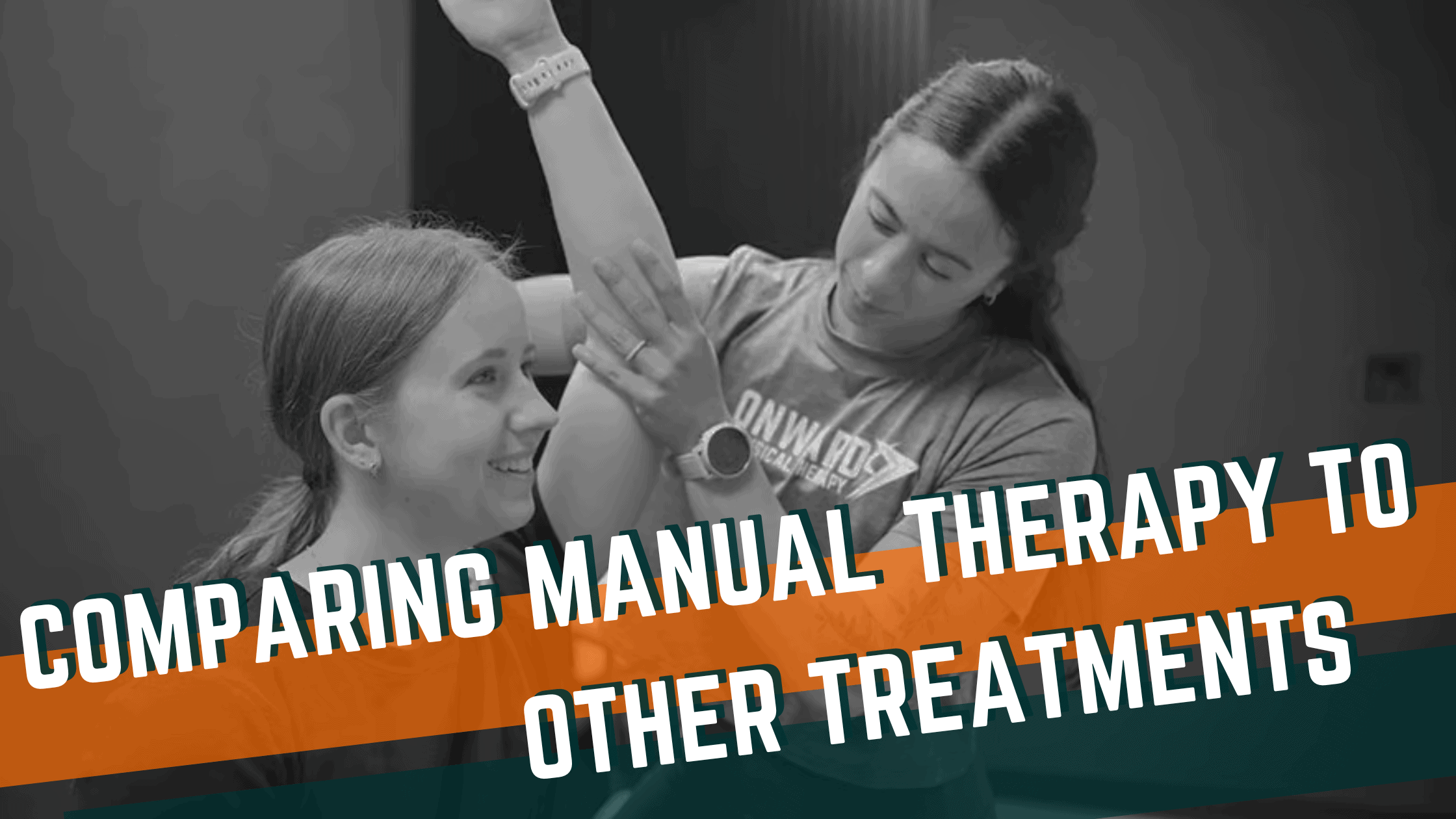
How Physical Activity Influences Mental Well-being

Non-Pharmacological Treatments for Chronic Lower Back Pain
